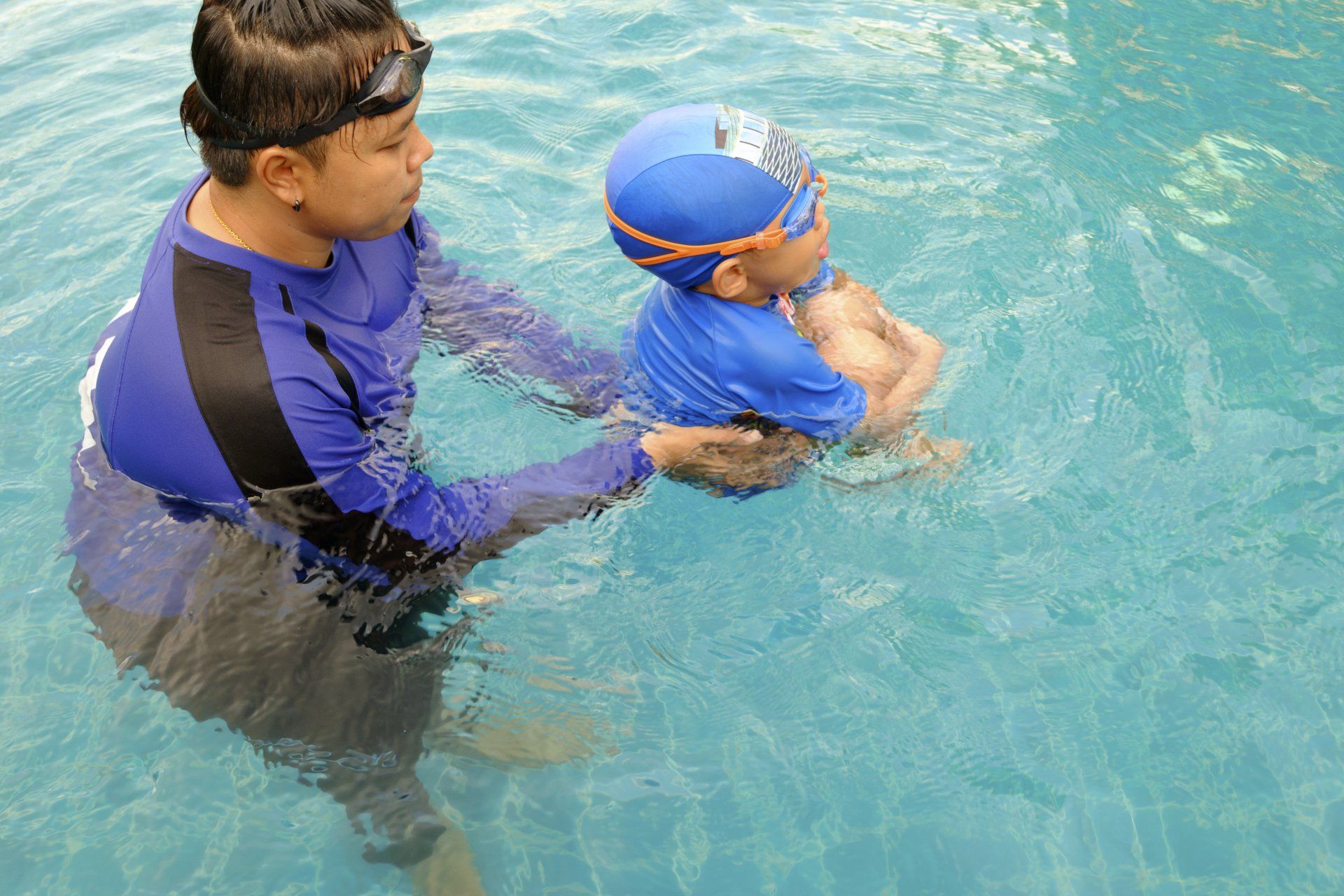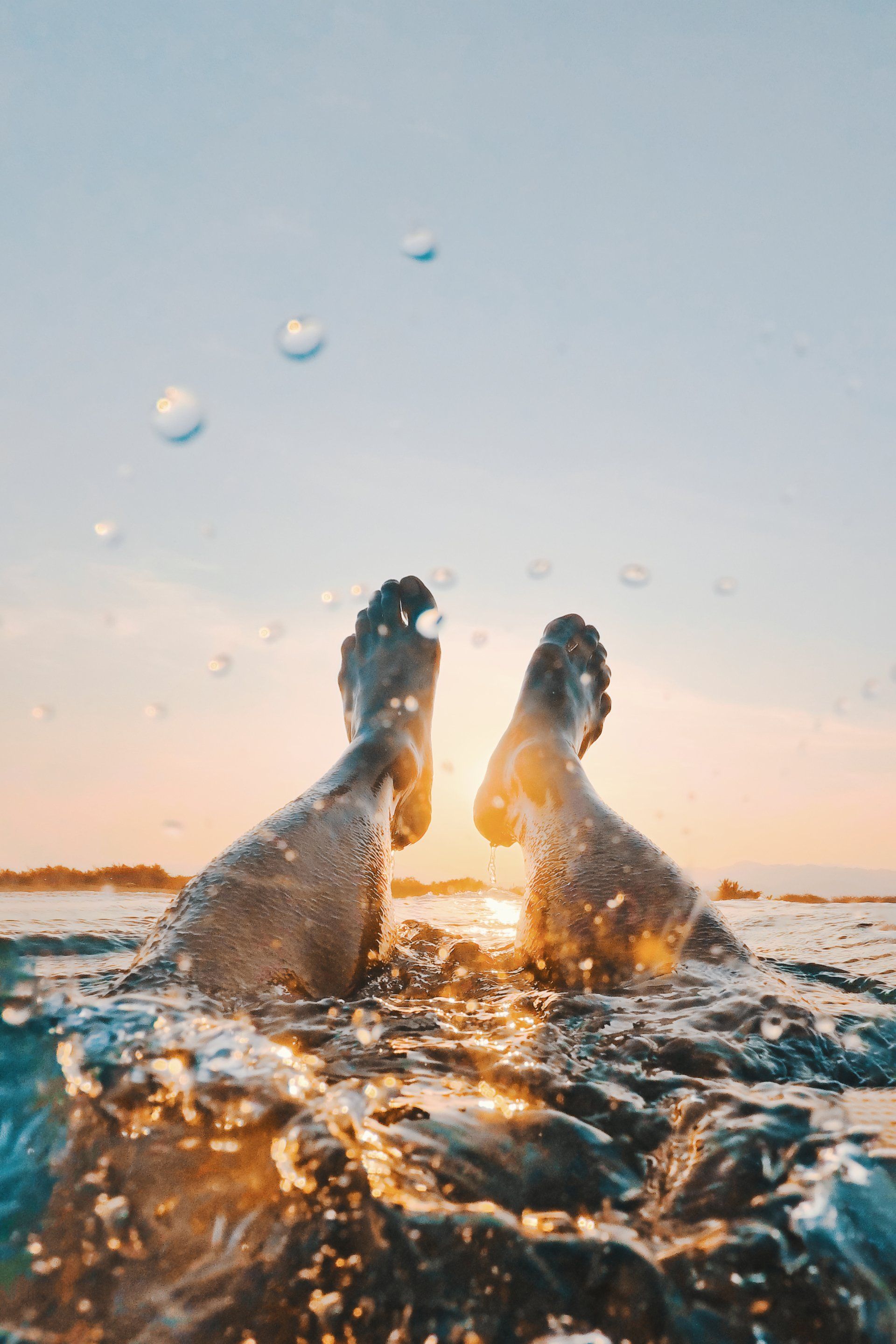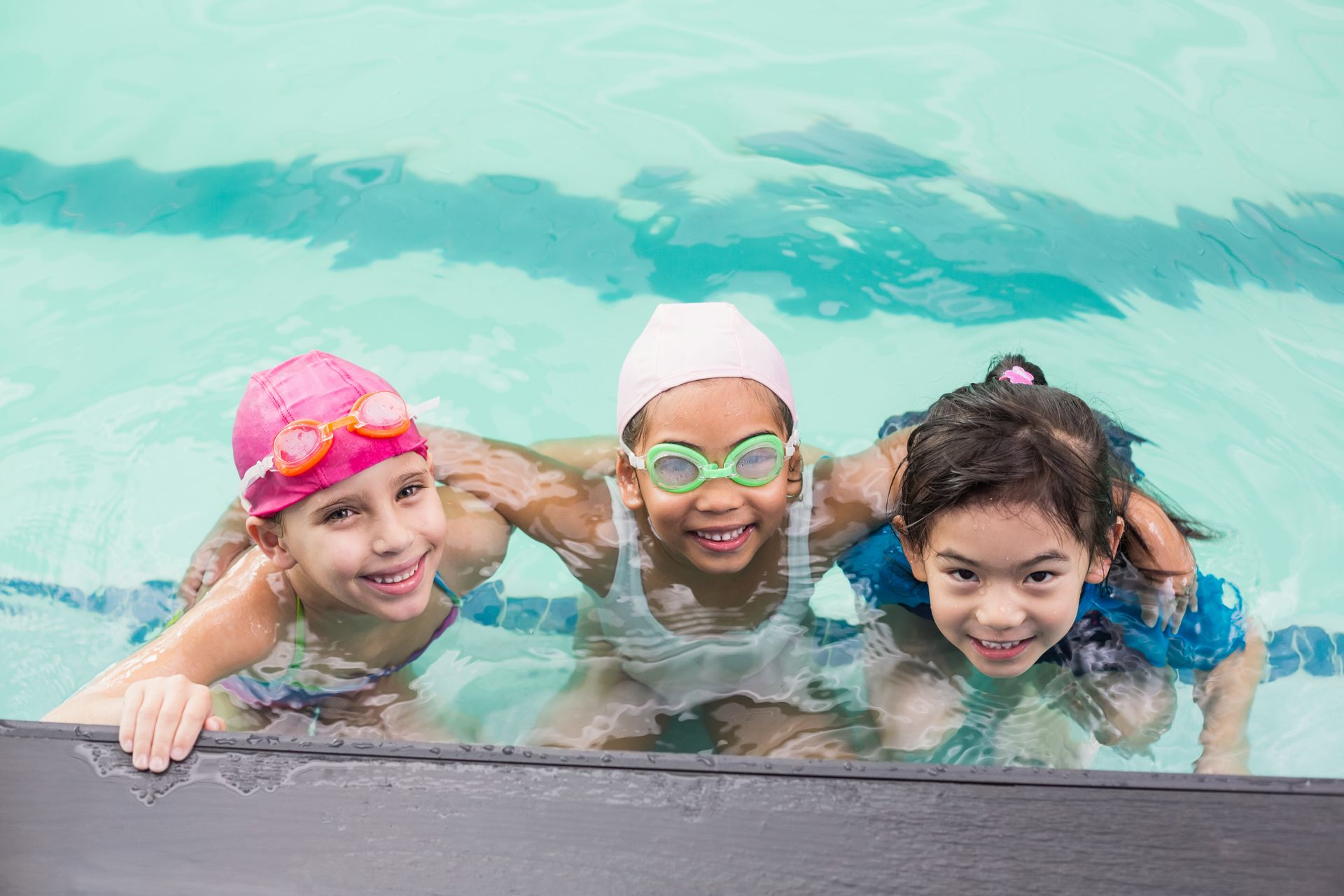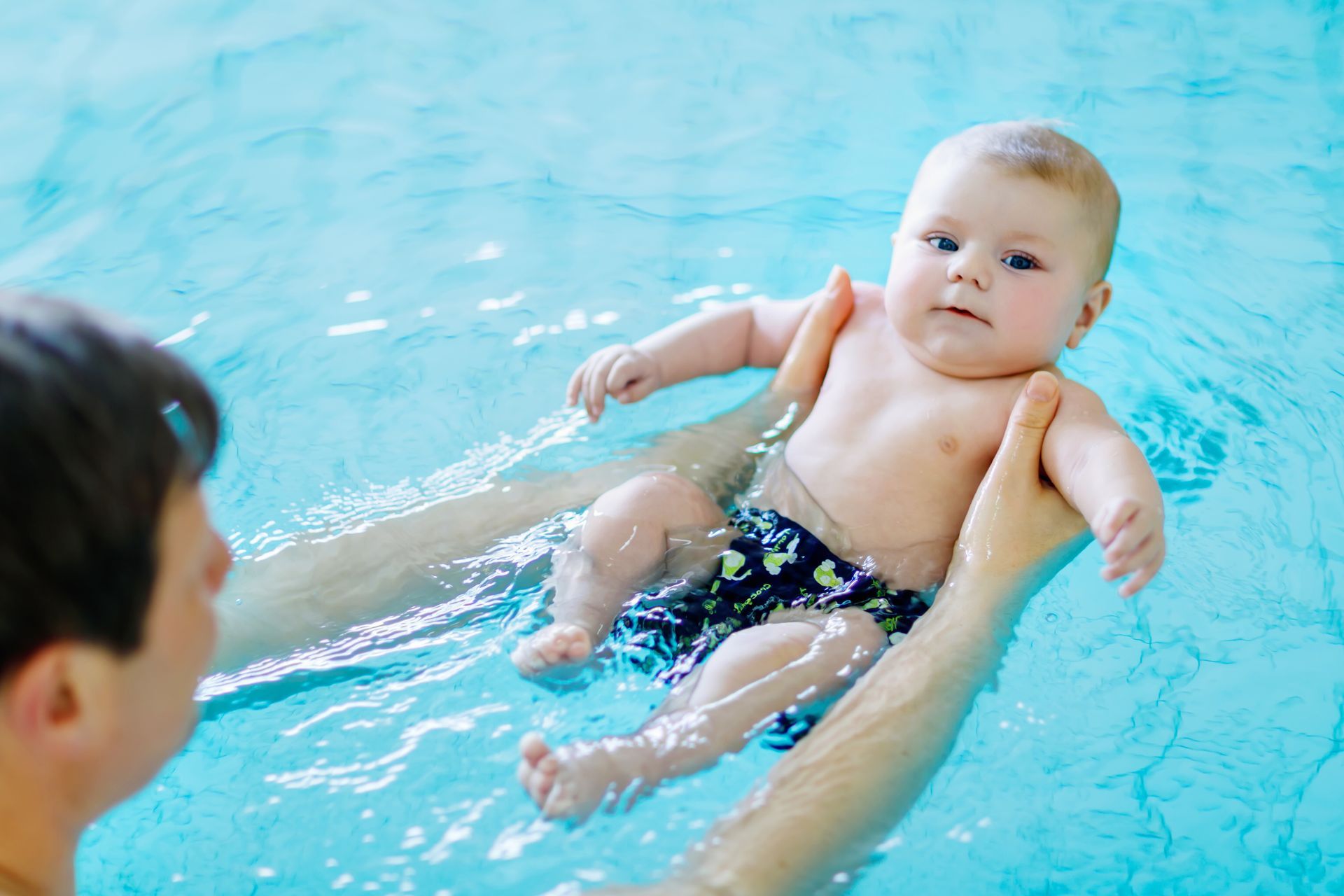It is that time of the year when kids are back in school and refocus on their studies. Most parents are forced to make a decision about whether their children should keep attending their swim classes or choose other activities. Of course, no one understands kids better than their parents, but we want to remind you of a few reasons why swim lessons all year round are important, especially for children.
1. Stay active
The most important benefit of year-round swimming lessons is to keep your children stay active at all times, particularly during the off-season. In most cases, outdoor activities can taper off during rainy season, leaving kids a sedentary lifestyle with TV or games. Swimming can be a great chance for them to do exercises regularly and keeps kid fit even when the weather does not allow them to play outside.
2. Provide frequent practice to improve and speed up learning
Attending swimming classes regularly can help your little swimmer to practice their skills on a routine basis. As a result, they can retain and enhance their capabilities quickly over time. Also, with more time in the water, they won’t develop a bad habit or a fear of being underwater when they grow. Since there are so many skill sets to learn, such as elementary backstroke, monkey-walking, treading water, back floating, or rhythmic breathing, it is essential to keep learning and practicing all year round.
3. Keep up with the progressive curriculum
With every professional swimming lesson, the curriculum should be carefully designed to develop each essential skill progressively. This means that your kids should attend year-round classes to get professional training in a continuous schedule. When they are interrupted for a few months, your kids must spend a lot of time later to relearn the skills that are required to progress to a higher level. This can be time-consuming and discouraging for both the parents and child.
4. Better performance in academic classes
Many studies have proved that those kids who participate in year-round swim lessons typically show better cognitive abilities than the others. From mathematics reasoning to understanding directions, your investment in these swim lessons might also make a significant contribution to a greater academic performance in their classroom.
5. Relieve daily stress for kids
In addition to physical health, after-school swimming lessons can also help your kids relieve stress after a long day at school. By stretching their body and enjoy the water, they can forget about math homework or school projects to relax with friends.
No matter what time of the year it is, it is essential to bring your kids to Small Fish Big Fish Swim School and have swim lessons all year round. Not only does it keep them physically active, but also improve their skills over time. With a team of highly trained and experienced staff, we are devoted to providing professional lessons and exceptional service to ensure that your little ones can have an essential foundation for their life. Do not hesitate to give us a call or visit our facility for a free trial.







